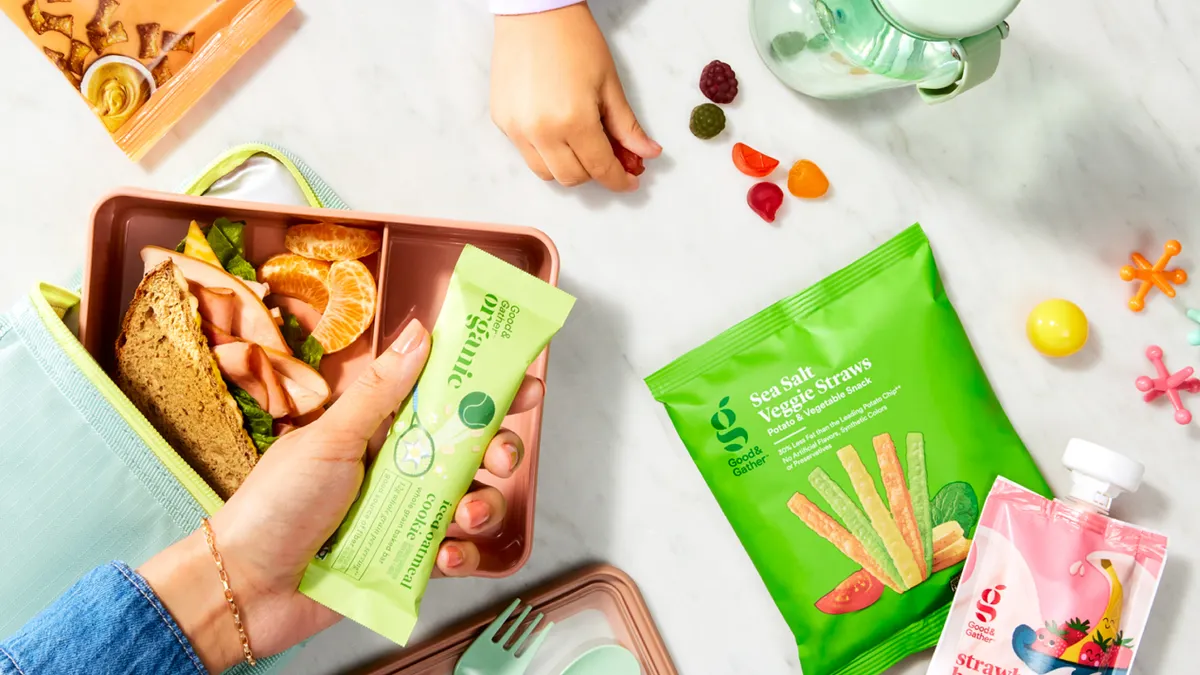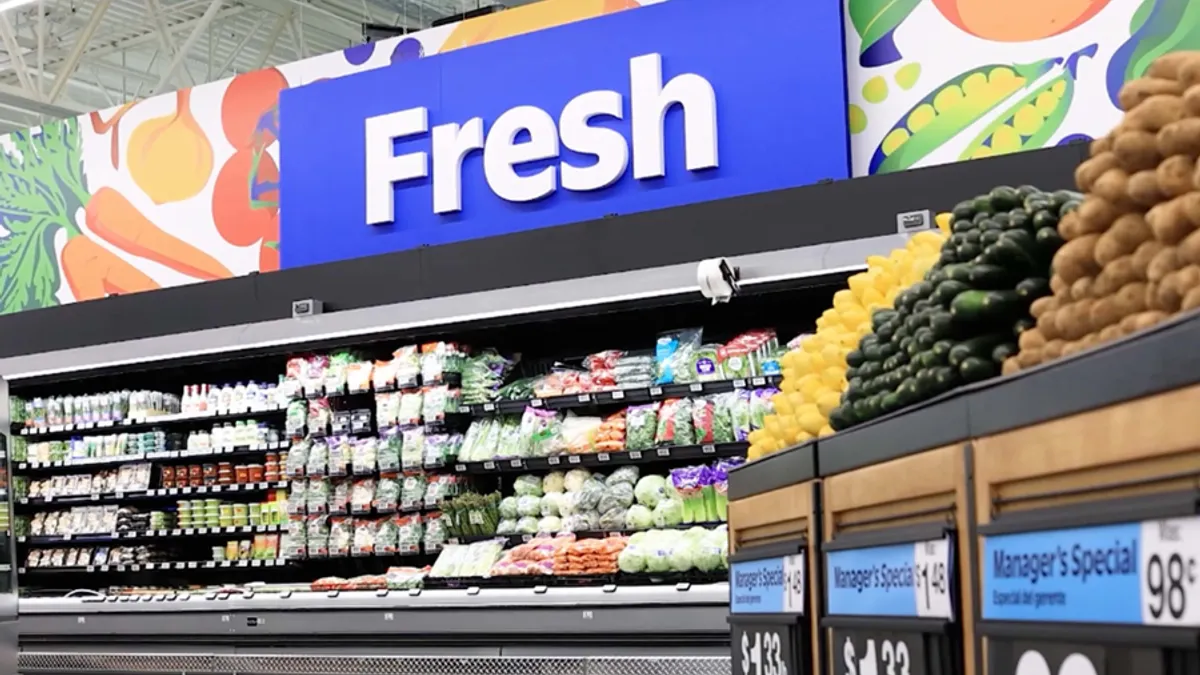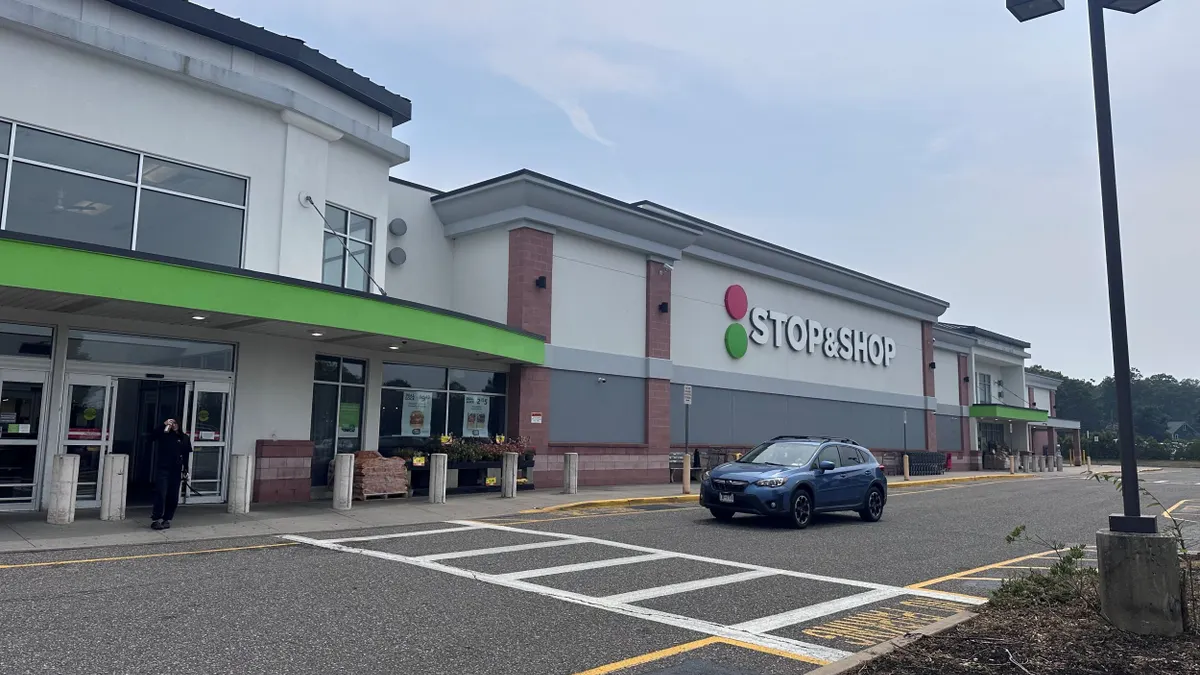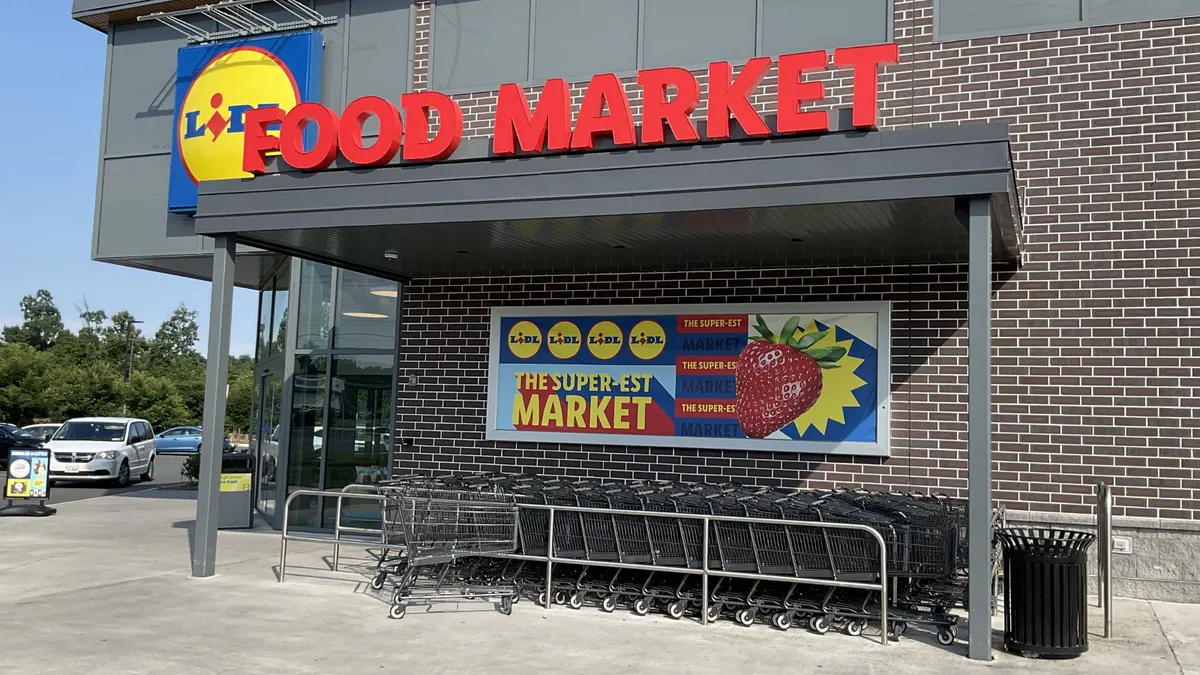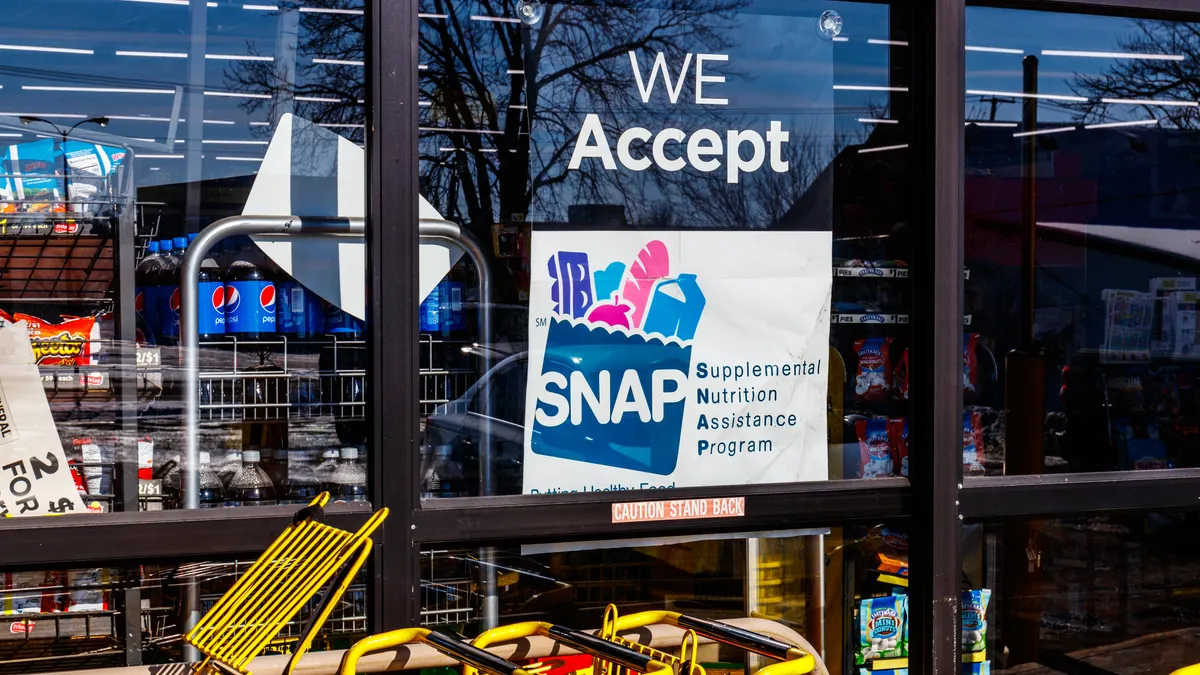MIAMI — Recent investments by the frozen food industry to improve the quality and variety of their entrees, sides and sweet novelties have paid off. But perceptions that offerings are unhealthy and low-quality still persist with many shoppers, according to a new report, "The Power of Frozen," commissioned by the American Frozen Food Institute and the Food Marketing Institute.
Research from IRI included in the report, which AFFI president and CEO Alison Bodor previewed at FMI's Midwinter Executive Conference on Saturday, notes that frozen sales outpaced total store and fresh perimeter sales in 2017 and then widened the gap last year, with 2.6% sales growth compared to 1.7% for the total store and 1.4% for fresh. Unit sales for frozen were up 2.3% last year.
By comparison, five years ago fresh perimeter sales growth was five times that of frozen.
"Fresh has had somewhat of a magical status, but frozen is making a comeback," Bodor said.
Top categories last year included frozen breakfast items, which grew sales 5.7% and unit sales 4.7%, and meat, which grew sales 5.2% and units 5.2% last year. Sales of entrees increased 2.3% and units 4%, while the trusty standby frozen pizza saw sales climb 4.9% and units 3.1%.
Driving these sales increases are enhancements manufacturers have made after taking a long, hard look at their assortment. Nestlé reinvented its Lean Cuisine brand with updated packaging and new dishes incorporating more premium and plant-based ingredients. Conagra has introduced compostable packaging to its Healthy Choice line and rolled out larger Banquet Mega meals, Healthy Choice Power Bowls and a Frontera Barbacoa Taco Bowl to cover a wide variety of tastes.
Manufacturers have invested in new assets, including quick-freeze technology aimed at better preserving flavor and nutrients. And in one of the biggest deals of last year, Conagra doubled down on its frozen portfolio with its $10.9 billion acquisition of Pinnacle Foods, making it the second largest frozen foods owner behind Nestlé.
High-frequency versus low-frequency customers
Still, supplemental consumer research showed that frozen food didn't achieve a net gain in new shoppers last year and that growth is being driven by those who already buy a significant amount of frozen pizza, lasagna, ice cream and other frozen items. Fifty-two percent of these high-frequency users reported buying more frozen items last year, compared to just 19% of low-frequency consumers.
The majority of consumers surveyed for the report, 32%, said they consume frozen foods around once a week.
What's encouraging for the industry, Bodor noted, is that millennials — and in particular, millennials with children — have become core frozen food consumers. These shoppers carry the promise of years of loyalty, not to mention increasing disposable income. And Bodor noted that their "adventurous" and "impulsive" approach to eating means they're open to trying new offerings across frozen categories.
"Millennials have really discovered the frozen aisle," she told Grocery Dive following her presentation.
The key for manufacturers and retailers, Bodor said, is figuring out how to continue catering to high-frequency users, while also boosting consumption among lower-frequency ones. High-frequency users, the report noted, tend to plan frozen purchases well ahead of time and will build meals around selections. They respond well to innovations that provide added flavor and convenience, Bodor noted.
Low-frequency consumers, on the other hand, tend to view frozen foods as unhealthy, overly processed and of middling quality, according to the report. They mainly use frozen products as a backup option rather than a primary, planned meal component. However, they respond well to sales promotions and health-focused improvements, with 35% saying better-for-you innovation would lead them to try an offering they never had before, compared to 22% of core consumers.
To attract baby boomers, a large consumer group that's reducing its spending on frozen foods, Bodor recommended offering sales on ice cream and vegetables. The two offerings resonate with this consumer group, while ice cream is popular across high- and low-frequency consumer groups and could draw in a range of shoppers who might otherwise skip the frozen aisle altogether.
Growth channels and the struggles of fresh perimeter
Consumers surveyed for the "Power of Frozen" report note that health and sustainability are top concerns. Seventy-seven percent of core shoppers say sustainable packaging is somewhat or very important to them, while 69% of health-minded shoppers say they're looking for better-for-you options in frozen. Top claims include healthier ingredients, better nutritional value and no artificial ingredients.
At the same time, Bodor cautioned that consumers tend to say one thing and do another when it comes to healthier products.
Private label made up 21% of frozen food sales in 2018 and grew sales 6.1% versus 1.8% for manufacturer brands, Bodor noted, indicating an opportunity for retailers to sell more store brands as they boost consumption in the category. Consumers are also buying more frozen foods through e-commerce, with 43% of core shoppers and 23% overall saying they buy these items online.
Frozen food's resurgence in supermarkets is fueling growth for the broader center store category, which grew sales 2% last year compared to just 1% for the fresh perimeter. That's the first time this decade that center store growth has outpaced fresh, according to Sally Lyons Wyatt, executive vice president with IRI.
Alternative channels, including specialty stores like Sprouts Farmers Market and discounters like Aldi, are snatching a growing share of perishable sales away from supermarkets, IRI data shows. A whopping 71% of consumers say they purchase fresh foods from Walmart — a percentage that stands to grow as the company continues to invest in perishables as well as online shopping.
A lack of innovation similar to what the frozen food industry has undergone is also hurting supermarket perishable sales, said Jonna Parker, principal with IRI's Fresh Center of Excellence. The dairy category has seen a proliferation of plant-based alternatives, she noted, but core categories like deli chicken have remained mostly static.
So while the growth of center store and frozen food offers reason for retailers to celebrate, it comes at the same time that a major segment for the store cools off.
"Fresh is growing, but not all fresh is growing at supermarkets," said Wyatt.
Correction: An earlier version of this story misstated private label frozen food sales in 2018. Private label comprised 21% of frozen food sales last year, which was a 6.1% increase over the previous year.







